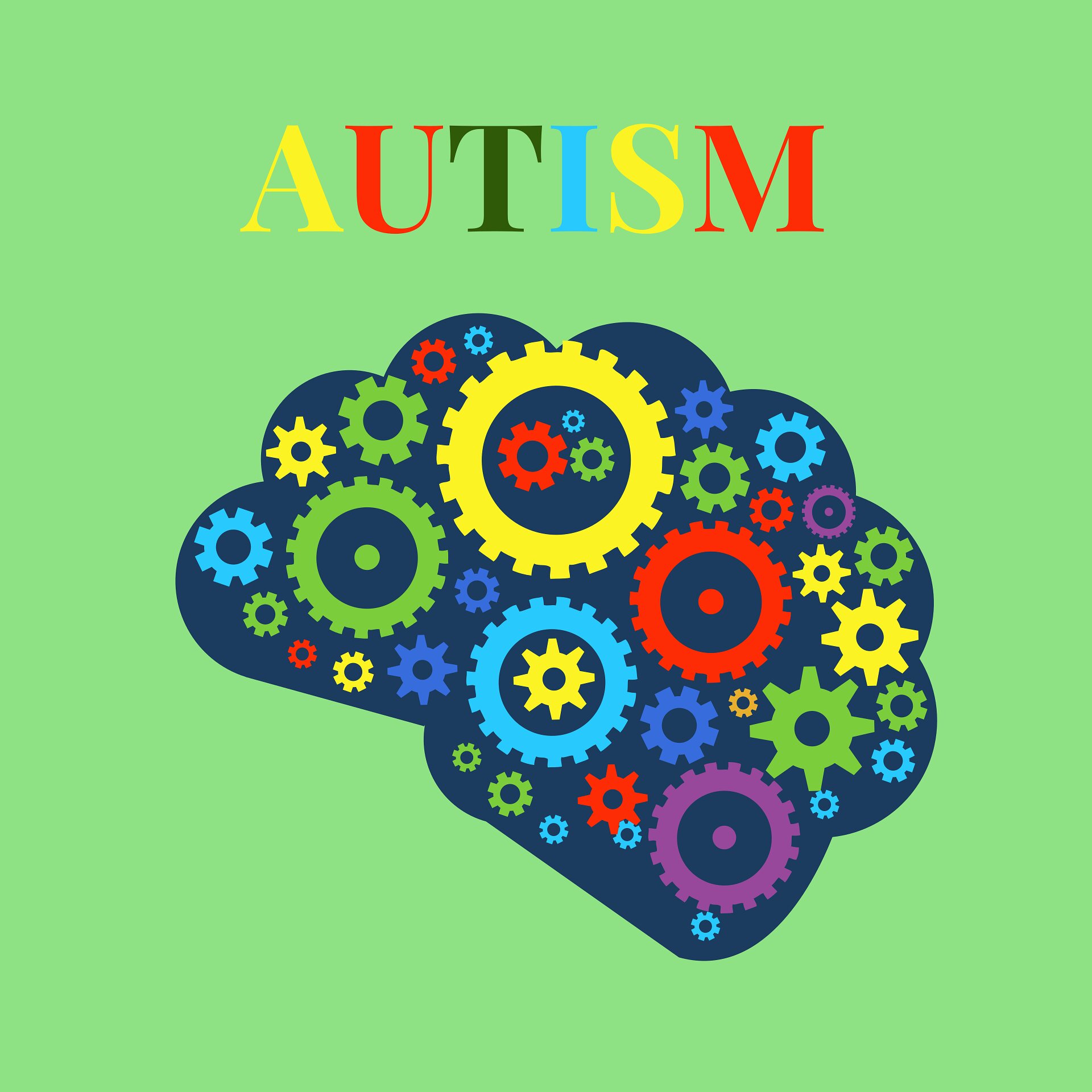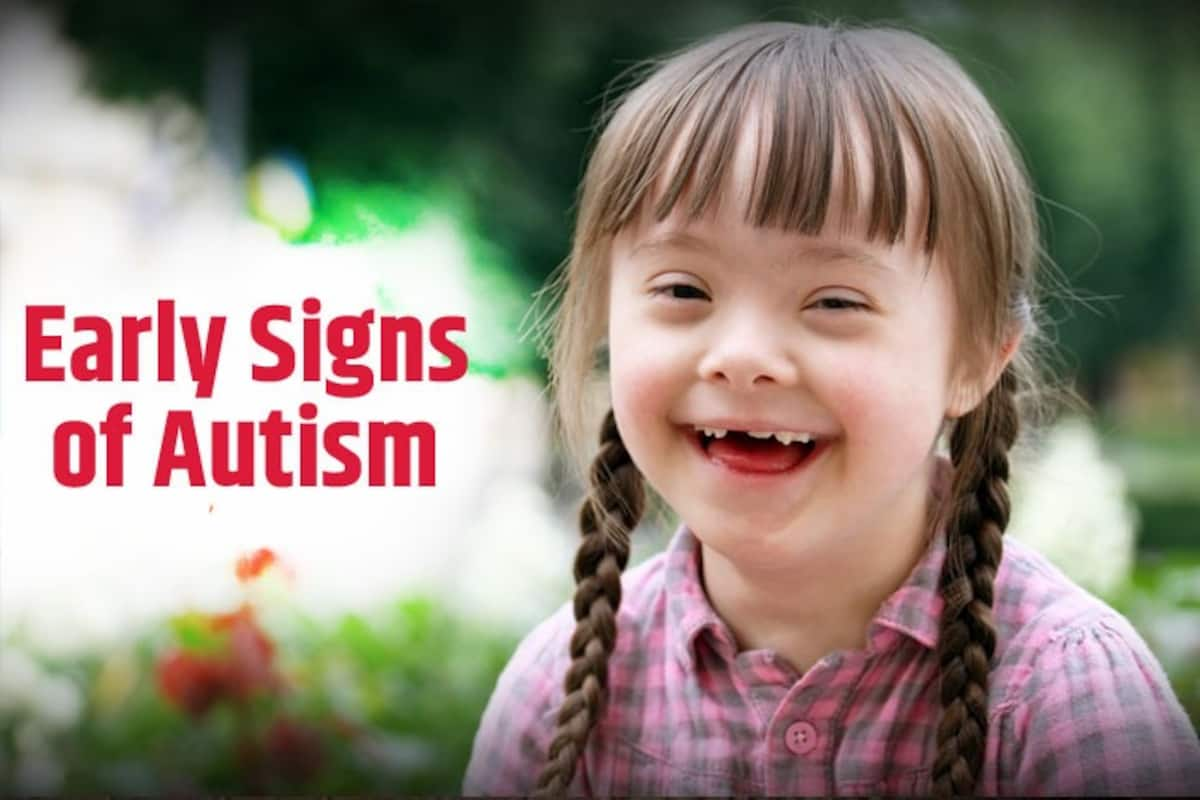Browsing Social Obstacles: Tips for Individuals Living with Autism
Browsing Social Obstacles: Tips for Individuals Living with Autism
Blog Article
Exploring Autism: Strategies for Effective Communication and Communication
Efficient interaction and communication with individuals on the autism spectrum necessitate an extensive understanding of their one-of-a-kind demands and choices. The complexities of these approaches disclose additional considerations that merit exploration, specifically in just how they can be adapted to individual experiences and varied contexts.
Understanding Autism Range Condition
Autism Range Problem (ASD) incorporates a range of neurodevelopmental conditions characterized by difficulties in social interaction, communication, and recurring behaviors. The term "spectrum" mirrors the diverse manifestations and differing levels of extent experienced by individuals with ASD. While some might display significant impairments, others might present high-functioning traits, allowing for higher independence in life.
The onset of ASD commonly takes place in very early youth, with indications typically identifiable by age 2. Very early indications may consist of delayed speech development, limited eye call, and troubles in understanding social hints. The exact etiology of ASD remains unclear, research suggests a combination of genetic and environmental factors plays an important function in its advancement.
As a result, interventions and support customized to specific requirements are necessary for promoting interaction and social abilities. Acknowledging the intricacy of ASD is crucial for promoting recognition, approval, and effective techniques that help with purposeful communications with individuals on the range.

Value of Clear Interaction
Reliable interaction is crucial for promoting understanding and connection, particularly for individuals with Autism Spectrum Disorder (ASD) Clear communication not just promotes social communications however also enhances the individual's capacity to share their feelings, needs, and ideas. For individuals with ASD, the subtleties of language can commonly be challenging; for that reason, using straightforward and distinct language is crucial.
Additionally, clear interaction aids decrease disappointment and anxiety that might occur from misconceptions. When messages are communicated in a consistent and direct manner, individuals with ASD are much better furnished to interpret info accurately, which can significantly enhance their social involvement and engagement in numerous setups.
Establishing routines and utilizing aesthetic assistances can even more strengthen clear communication. These approaches offer people with foreseeable frameworks that assist comprehension and retention of info. In addition, actively being and paying attention patient during communications advertises a supportive atmosphere where people with ASD really feel valued and understood.
Eventually, prioritizing clear interaction not only equips people with ASD but likewise cultivates more meaningful links with their peers, caretakers, and the wider community, leading the means for joint partnerships and inclusive interactions. - autism
Non-Verbal Communication Methods
Interaction extends beyond words, and for individuals with Autism Spectrum Condition (ASD), non-verbal hints play a substantial duty in communications. Non-verbal communication strategies can consist of faces, motions, body language, and eye get in touch with, every one of which offer as crucial elements for sharing emotions and intentions.
Recognizing and translating these non-verbal signals can boost communications with individuals with ASD. A warm smile or open pose can produce an inviting ambience, urging involvement. Using aesthetic help-- such as photo cards or icons-- can connect communication spaces and aid convey messages more efficiently.
It is additionally essential to be mindful of individual area, as individuals i loved this with ASD may have various convenience levels concerning proximity. Observing their responses to physical closeness can inform suitable adjustments.

Producing Supportive Environments
Producing an encouraging environment is important for fostering positive interactions and improving the wellness of individuals with Autism Spectrum Disorder (ASD) Such settings can dramatically decrease anxiety and produce a sense of safety, allowing people to express themselves more openly.
To accomplish this, it is important to consider sensory sensitivities that people with ASD may experience. Customizing the physical room to consist of soft illumination, very little history noise, and comfortable seating can create a soothing ambience. In addition, making use of regular routines and clear visual routines can aid people anticipate shifts and minimize uncertainty, more promoting comfort.
Social spaces must be structured to decrease overwhelming stimuli while offering possibilities for involvement in favored activities. Helping with locations marked for quiet time can additionally act as a haven during minutes of stress and anxiety. Notably, incorporating elements of selection empowers people, allowing them to exercise firm in their setting.

Urging Social Interactions
Promoting social communications amongst individuals with Autism Range Problem (ASD) calls for deliberate methods that prioritize convenience and interaction. Developing predictable regimens can help in reducing stress and anxiety, making social setups much more friendly. Creating structured environments with specified responsibilities and roles allows individuals to involve without the overwhelming pressure of disorganized social characteristics.
Integrating rate of interests and strengths right into social tasks can act as a driver for communication. As an example, organizing team tasks around shared hobbies or topics of attraction can promote natural discussions and links. Furthermore, using aesthetic assistances, such as social manuscripts or photographic timetables, can aid in understanding social hints and assumptions.
Modeling suitable social habits is crucial - autism. Adults and peers ought to demonstrate efficient interaction strategies, you can check here consisting of energetic listening and turn-taking. Role-playing circumstances can additionally offer a risk-free space for Full Report people to exercise these skills
Last but not least, cultivating peer relationships with inclusive practices is essential. Encouraging comprehensive playdates or team getaways can develop possibilities for socializing in a comfortable setting. By carrying out these caretakers, approaches and instructors can substantially improve social interactions for individuals with ASD, advertising their general social advancement and well-being.
Conclusion
To conclude, efficient interaction and communication techniques are essential for sustaining individuals with Autism Range Disorder. Stressing clear language, integrating non-verbal signs, and establishing foreseeable routines considerably enhance interaction and lower stress and anxiety. Creating helpful settings fosters risk-free social communications, while motivating shared passions promotes meaningful links. Inevitably, these techniques encourage individuals with autism to navigate social landscapes, advertising their overall well-being and making it possible for the development of long lasting partnerships.
Reliable communication and communication with people on the autism spectrum demand an extensive understanding of their special needs and preferences. Clear interaction not just facilitates social communications but likewise improves the individual's capacity to reveal their needs, ideas, and feelings.Promoting social interactions amongst people with Autism Range Condition (ASD) requires deliberate techniques that prioritize convenience and interaction. By executing these caregivers, strategies and teachers can substantially improve social communications for individuals with ASD, promoting their overall social growth and health.
In verdict, efficient communication and communication methods are necessary for supporting people with Autism Spectrum Condition.
Report this page